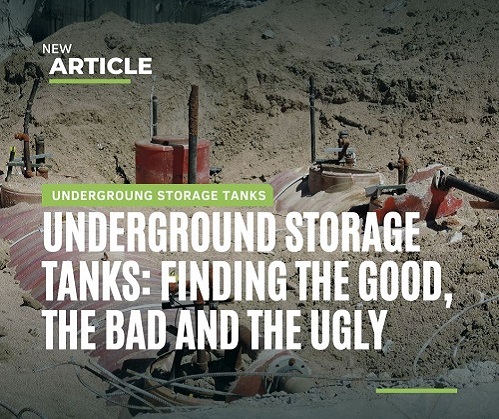 Thursday, April 18, 2024
Thursday, April 18, 2024  Thursday, April 18, 2024
Thursday, April 18, 2024 
When warm weather sets in and the real estate season starts, it is the perfect time to detect and assess underground storage tanks (USTs). Underground storage tanks are typically made of bare steel and were an efficient method of fuel storage used in the 1980s and early 1990s [1]. However, the conditions of soil can corrode the bare steel over time and thus lead to the leakage of content from the tank.
Sellers, buyers and property managers can all benefit from proactive UST management or removal. It helps sellers protect the value of their property by ensuring that they are compliant with the laws and that they have addressed any potential risk of contamination. As per the Technical Standard and Safety Authority (TSSA), all existing USTs must be registered with the TSSA and any unused USTs must be properly removed within 2 years by a licensed contractor [2]. For buyers, ensuring that there are no faulty USTs and/or contamination is a prudent strategy to minimize their risk of buying a “lemon” property. For ongoing management of the property, it is one of the ways to reduce the risk associated with contamination, and consequently, avoid the loss of property value.
Keep reading this article on tharris.ca